How to Find Market Size and Market Value
/Market size info for small markets like New Zealand or niche products can be tricky to find. Sometimes, a best-efforts estimation is the only option. Here are some tips to help you if you need some market size or value data.
Define your market first, i.e. by geography, technology, demography, use or sector and stick to it.
Formulate how you will do your calculations. It should be a combination of desk research for any published information and primary analysis to back up any initial conclusions and for sense-making.
Only use reputable data from secondary research. Look carefully at how they have come to their conclusions and double check it. Does it make sense? Is the data they have measured fit with your market parameters?
When doing the desk research, pick up on any trend data that is coming up that will affect future market share, e.g. disruptors entering via new technology, changes in packaging needs, or trends in dietary preferences by customers. This information is valuable as an early-warning indicator of change in the market, allowing you to prepare.
Once you’ve got some market size/ value numbers, make sure that you carefully cite the source data. If you need to do this exercise again, it’s a big help to have the framework of past calculations to start from, and then you can tweak if necessary.
If statistical analysis isn’t your thing, then gather the data and get someone who knows how to forecast and model numbers.
Be transparent - tell people it’s a ‘best efforts’ result, but show how you got to the conclusion you have and what the parameters were. Market size/value is often an educated guess as people, and the choices they make are often very fluid and can change overnight.
